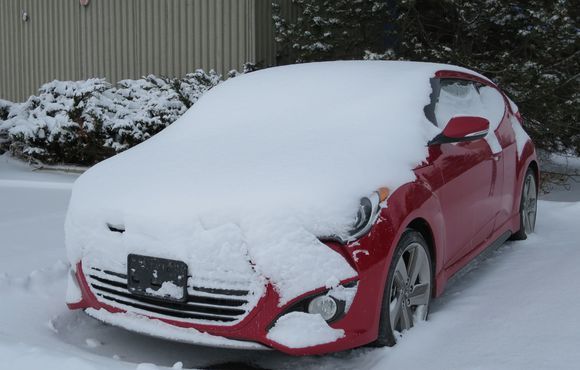Repair instructions
A Helpful Guide to Engine Block Heaters
An engine block heater is an essential tool for ensuring smooth cold starts during winter. This device warms up your engine block, motor oil, and coolant when the vehicle is off, making it easier to start your car in freezing temperatures. These heaters come in various types such as core plug heaters, dipstick heaters, and engine-warming blankets each serving the same purpose but in different ways. It’s important to use the heater properly by avoiding leaving it running overnight and using a timer to turn it on at the appropriate time. Keep in mind, pre-heating your engine is not the same as warming it up after starting.

What is an Engine Block Heater?
An engine block heater is a device designed to raise the temperature of your engine block when the vehicle is not running. It works by warming up the engine oil, coolant, or both, which helps reduce the viscosity of the oil, making it easier to start the engine. This is especially crucial in extremely cold weather conditions, where low temperatures can cause oil to thicken, making it harder for engine components to function smoothly.
How Does an Engine Block Heater Help?
When the temperature drops, engine oil becomes thicker and more viscous, making it harder for the engine’s moving parts to operate. Starting a car in these conditions can take longer, consuming more fuel, producing more emissions, and putting extra strain on your car battery and starting system. An engine block heater warms up the engine and its fluids, reducing oil viscosity and making it easier for the engine to turn over. This preheating process helps save fuel, reduce emissions, and get the engine up to full load quicker.
Types of Engine Block Heaters
There are several types of engine block heaters, each designed to warm the engine in different ways and connect to different parts of the engine. Here are the most common types:
- Bolt-On External Heaters: These heaters are mounted externally on the engine block. They warm the engine from the outside and are generally easy to install.
- Core Plug Heaters: Core plug heaters fit into one of the engine block’s core holes. These heaters directly warm the coolant in the engine by using a heating element. They require removing a core plug to install and are often referred to as frost plug or freeze plug heaters.
- Dipstick Heaters: Similar to the dipstick you use to check oil levels, dipstick heaters fit into the dipstick tube, heating the oil reservoir. To use, simply unscrew the oil reservoir cap and insert the heater.
- Engine-Warming Blankets: These blankets are made of thermally conductive material with embedded electric wires. They are draped over the engine or attached to the underside of the hood, warming the engine block by radiating heat across the surface.
- Inline Heaters: Inline heaters are installed in the coolant hoses, where they heat the engine coolant directly. There are two types: circulating and non-circulating. Circulating inline heaters use the coolant pump to distribute heated fluid throughout the engine, while non-circulating inline heaters only heat the coolant in the hose.
- Oil Pan Heaters: Oil pan heaters are pads that attach to the oil pan, heating the oil directly. Some models use magnets or bolts to secure the heater in place.
How to Use an Engine Block Heater
Using an engine block heater depends on the type you have. For instance, a dipstick heater is inserted into the dipstick tube, while an engine-warming blanket is placed over or under the hood. Always follow the manufacturer’s instructions for your specific model.
It’s important to note that you should avoid leaving the heater on overnight. You only need to preheat the engine to a certain temperature, and continuing to heat it beyond that point wastes electricity. A timer is an excellent tool for setting the heater to activate just a few hours before you plan to drive.
Engine Block Heaters vs. Warming Up Your Engine
Although both processes involve heating the engine, they differ significantly in timing and method:
- Timing: Engine block heaters are used hours before starting the vehicle to make the cold start easier, while warming up the engine happens after the vehicle is started.
- Method: Engine block heaters are electrically powered and do not consume fuel or drain the car battery. On the other hand, warming up the engine after starting involves letting the engine idle, which uses fuel.
- Modern Vehicles: Many newer cars are designed to handle cold starts without the need for block heaters, thanks to advanced powertrain control systems. However, using a block heater can still be beneficial in extremely cold conditions, as it helps optimize engine performance right from the start.
Conclusion:
If you live in a region that experiences freezing temperatures, an engine block heater is a valuable investment. It ensures that your engine starts smoothly and runs efficiently, saving you time, fuel, and unnecessary strain on your vehicle. Be sure to choose the right type of heater for your vehicle and use it correctly to get the best results.
